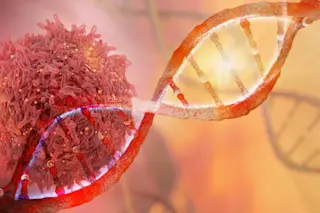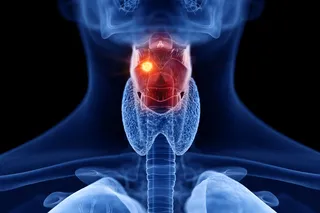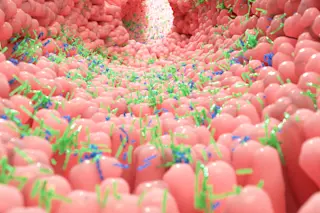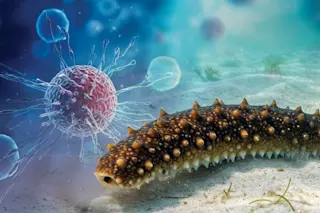Despite decades of cancer research, a frustrating dilemma plagues doctors. Two people might have cancers that look identical under the microscope, but which respond differently to the same treatment. It's a reminder of cancer's frustrating complexity, and a challenge for doctors.
Now, a massive collaboration among researchers has taken an unprecedented look into the inner workings of cancer with a new project that sequenced the genomes of more than 2,600 different tumors. The project is revealing unexpected variation, the authors say.
“The most striking finding is how different one person’s cancer genome is from another person’s,” says Peter Campbell, a cancer geneticist with the Wellcome Sanger Institute.
Campbell is one of over 1,300 researchers who participated in the Pan-Cancer Analysis of Whole Genomes Consortium, which released the results of their sweeping genetic tumor analysis in a collection of 22 papers in Nature research journals today. Their findings could help doctors ...














